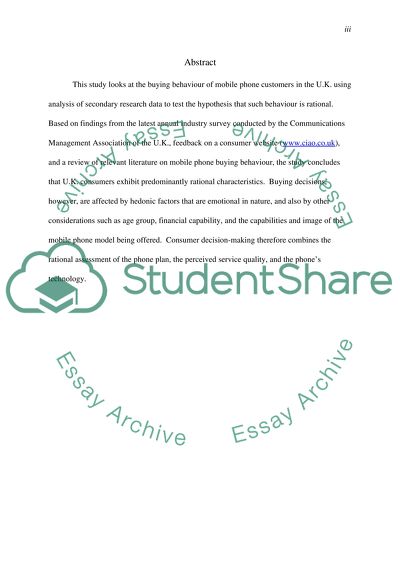Cite this document
(“Mobile Phone Buying Behaviour in the UK Research Paper”, n.d.)
Mobile Phone Buying Behaviour in the UK Research Paper. Retrieved from https://studentshare.org/miscellaneous/1502935-mobile-phone-buying-behaviour-in-the-uk
Mobile Phone Buying Behaviour in the UK Research Paper. Retrieved from https://studentshare.org/miscellaneous/1502935-mobile-phone-buying-behaviour-in-the-uk
(Mobile Phone Buying Behaviour in the UK Research Paper)
Mobile Phone Buying Behaviour in the UK Research Paper. https://studentshare.org/miscellaneous/1502935-mobile-phone-buying-behaviour-in-the-uk.
Mobile Phone Buying Behaviour in the UK Research Paper. https://studentshare.org/miscellaneous/1502935-mobile-phone-buying-behaviour-in-the-uk.
“Mobile Phone Buying Behaviour in the UK Research Paper”, n.d. https://studentshare.org/miscellaneous/1502935-mobile-phone-buying-behaviour-in-the-uk.


